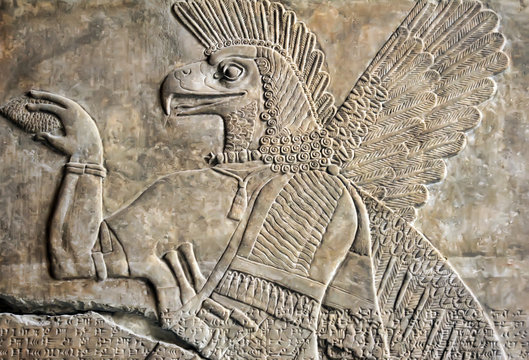In the context of art and identity, artists convey their core understanding of self and society. Art provides a window to observe identity via numerous genres, from the eternal strokes of portraiture to the adaptive tempo of music. Each category, from the narrative richness of literature to the inventive boundaries of digital art, illustrates how identity is both shaped and reflected in art. We’re going to discover how street art speaks for social narratives and how photography catches the transient moments of identification. The point of this piece is to shed light on the significant link between creative expression and the diverse nature of identity, demonstrating how art not only mirrors but also shapes our knowledge of ourselves and our community. Join us as we explore the diverse and ever-changing dance of art and identity, where each medium gives a distinct perspective on the intricate fabric of the human experience.
Literature: A Mirror to Identity
Literature takes us on an in-depth journey into the core of identity. Authors scrutinize the struggles of identity generation via detailed storylines and character development. Literature transforms into a reflective surface for identity’s varied characteristics. It does this through protagonists’ journeys in discovering their place in the world. Additionally, stories dive into historical traditions and personal past events. This approach makes literature a medium for self-discovery and understanding. It provides readers with insights into diverse experiences. Also, it offers opinions on identity. Each story uniquely contributes to the broader narrative of identity.

Performing Arts: Expressing Identity through Movement and Voice
The performing arts, which include theater and dance, provide dynamic venues for expressing a person’s identity. These forms of art combine storytelling, visual art, and music to create rich, multi-sensory experience. Performers utilize their vocals and bodies as tools to tell personal and collective stories, frequently expressing important declarations about gender, ethnicity, and socioeconomic status. Because these performances are transitory, they allow for a unique, continually shifting examination of identity that encourages varied interpretations from the audience.

Music: The Universal Language of Identity
Music is a worldwide medium for expressing one’s identity. It spans from folk songs that carry a community’s legacy to contemporary tunes that represent personal challenges and accomplishments. Music dissolves borders, allowing artists to express and interact with identities that are distinct from their own. Music becomes a means for artists to investigate and determine their cultural, social, and individual identities via rhythm, melody, and lyrics.

Digital Art: Redefining Identity in the Virtual World
Art and media in the digital era provide new channels to explore identity. Digital art enables artists to create and modify visuals and narratives in previously unimaginable ways. This medium opens the door for discourse about virtual identities, which challenge established notions of reality and self. Digital artists frequently explore cyber-identity topics, examining how technology affects our self-perception and relationship with others.

Street Art: A Public Voice for Identity
Street art has grown as a powerful method for exposing identity in the eyes of everyone. Art on the streets frequently reflects social and political topics, acting as a voice for voiceless and form of rebellion. Because it is in public places, it is available to everybody, making it an open way of artistic expression. Urban environments are used as a canvas by street creators of art, who bring identity discussions into communal places.

Photography: Capturing the Essence of Identity
Photography is a significant vehicle for expressing one’s identity. Photographers catch moments and use their lenses to create stories of identity. Photography renders the invisible facets of identity concrete, from spontaneous street pictures that depict ordinary life to conceptual photos that explore identity. It captures fleeting moments in time, providing tremendous insights into the ephemeral and ever-changing nature of the self.

Art and identity are inextricably linked. Artists use a variety of mediums to investigate the multidimensional nature of self and community. Each kind of art, from portraiture and literature to digital art and street art, gives unique insights into identity, questioning and altering society beliefs. Music and the performing arts use universal languages to transmit identity, whereas photography captures its fleeting essence. These creative expressions do not only portray but also impact our perception of identity, emphasizing its fluid and constantly shifting nature. This interplay between art and identity emphasizes the importance of creativity in communicating and comprehending the intricacies of human existence.







